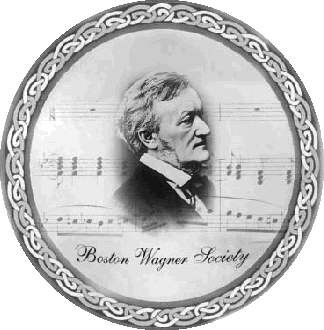Karl Wee: “Toronto’s Walküre, a Mixed Bag”
This is a good-news, bad-news story. I usually consider it worth the expense and trouble to see a Ring performance live, and, in the final analysis, this was no exception, but I had significant problems with it. The major problem was that the orchestra hid a lot of important musical details. Richard Bradshaw took a strong interpretation, and what he didn’t consider important was submerged. Also, his interpretation didn't add to my understanding of the great music. Before the performance, I had been aware of the poor acoustics in Toronto's Hummingbird Centre and had made sure to obtain one of the best seats in the house. I also tried (successfully) to separate the acoustical problems from performance problems; so this commentary may be relevant to the Ring cycle, which will be performed in Toronto's new opera house—the Four Seasons Centre for the Performing Arts—in the fall of 2006, presumably with much better acoustics.
Compounding the problem of poor acoustics was the speed of the performance. The tempi and dynamics suggested that Bradshaw failed to understand the music; it sounded as though he was glossing over beautiful passages.
The most enjoyable parts were Wotan's monologue with Brünnhilde, Brünnhilde's reproach, and the ride of the Valkyries. Bradshaw and the orchestra also put in a fine effort for the glorious farewell scene.
The 5 to 10 seconds of music accompanying Siegmund's drawing of the sword from the tree is of awesome depth and power. (For examples, see the Ring recordings of Furtwängler in Rome and Böhm at Bayreuth.) Sadly, this performance almost completely missed the mark. Other weak points included the long meeting between Siegmund and Sieglinde, Siegmund talking to himself by the fire after he catches sight of the sword, Sieglinde's account of Wotan's burying of the sword in the tree, and the spring song [all in Act 1].
Fricka and Sieglinde demonstrated superb acting and singing. Wotan and Brünnhilde acted well, but their singing was not sufficiently powerful. Siegmund had trouble with acting and singing. The best overall scene was Sieglinde's ecstatic redemption motif. It was truly electrifying.
Despite the modern staging, the production was surprisingly convincing. The gods were dressed elegantly and the mortals casually. The stage remained exactly the same throughout the opera but was lit brightly for the gods’ scenes, underlining their glorious and happy existence. In the magic fire scene, the Valkyries, holding lit candles, slowly walked in from all sides and surrounded the sleeping Brünnhilde in affectionate contemplation. Although conceptually confusing, the staging was visually pleasing. This scene and the Ride of the Valkyries were the only significant departures from Wagner's stage directions. This restraint is worthy of praise, considering the changes made in other modern staging. (See my recent review of the Eos Orchestra's Valkyrie.)
The Canadian Opera Company will mount Siegfried next spring and Götterdämmerung in the spring of 2006.
–Karl Wee
